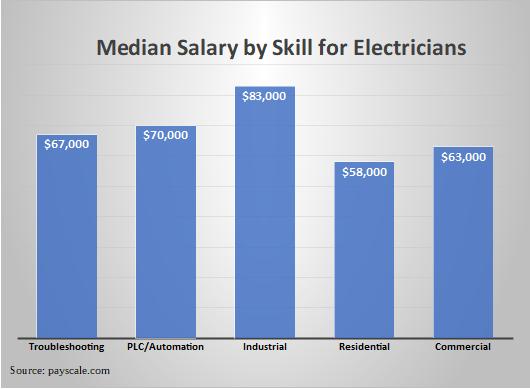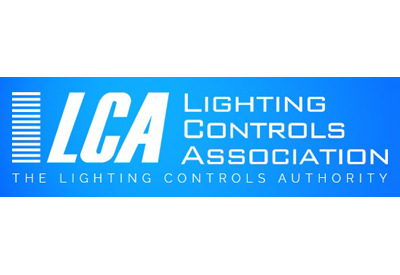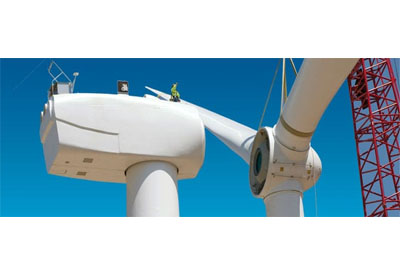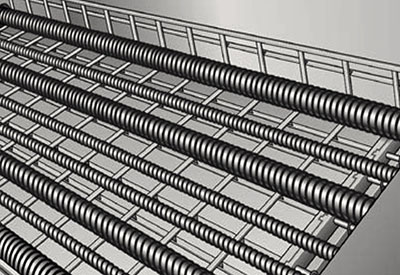22 CE Code Changes Related to Wiring Devices and Cable Management, Part 3

August 1, 2016
Appearing below are the final six examples of Canadian Electrical Code changes involving wiring devices and cable management, compiled by Legrand. This is the third in a three-article series on the 22 changes.
17. Rule 68-202, Subrule (1) (B) —Pumps
Required to be protected by a Class A GFCI.
Rule 68-202, Subrule (1)(b) is clarified to require that swimming pool pumps be protected by a Class A GFCI if located within 3 m of the inside walls of the pool, and not suitably separated from the pool area by a fence, wall or other permanent barrier.
18. Rule 78-052, Subrule (4) — Marinas and Yacht Clubs – Receptacles
All receptacles are to be protected by a Class A GFCI.
The previous exception that did not require receptacles of CSA configuration L5-15R and L5-20R supplying shore power to boats to be Class A GFCI protected has now been removed. All receptacles rated at 125 V, 15 A or 20 A installed in conformance with Subrule (1) of Rule 78-052 are to be Class A GFCI protected.
19. Rule 78-102, Subrule (3) — Marine Wharves, Structures and Fishing Harbours – Receptacles
All receptacles are to be protected by a Class A GFCI.
The previous exception that did not require receptacles that were utilized to supply shore power to boats to be Class A GFCI protected has now been removed. All receptacles rated at 125 V, 15 A or 20 A installed in conformance with Subrule (1) of Rule 78-102 are to be Class A GFCI protected.
20. Rule 86-300, Subrules (2) and (3) — Electric Vehicle Charging Systems – Control and Protection
New subrules added pertaining to electric vehicle supply equipment (EVSE) supplied by separate branch circuits under Rule 86-300.
EVSE requires a dedicated circuit to prevent overload and subsequent nuisance tripping of overcurrent protection on the branch circuit that supplies the charging system. EVSE can draw high currents for fast charging; if a Level 2 EVSE requiring a 240V, 30A circuit is to be installed, there may not be enough capacity remaining to add this as a new branch circuit to an existing 100A panel. Owing to the fact that there may be insufficient capacity in the power distribution system to accommodate a new dedicated branch circuit just for this purpose, there is now an exception provided in new Subrule (2). This allows the EVSE to be connected to a branch circuit supplying other load(s), given controls are in place to prevent the calculated demand of the circuit from being exceeded to ensure the circuit is not overloaded. New Subrule (3) requires that for all exceptions permitted in new Subrule (2), the requirements in 2015 CE Code, Part 1: Section 8 — Circuit Loading and Demand Factors must be used to calculate demand. A specific requirement related to this exception in Subrule 8-106(2) requires that where two or more loads are switched so that only one can be used at a time, the load with greatest demand shall be used to determine the calculated demand.
21. Rule 86-306 — Receptacles for Electric Vehicle Supply Equipment
Prior references to “electric vehicle charging equipment” within Rule 86-306 have been changed to “electric vehicle supply equipment.”
Each receptacle that is to be used for charging an electric vehicle must be labelled in a legible and permanent manner identifying it as an EVSE receptacle. Other requirements include that the receptacle must be a CSA 5-20R single receptacle supplied by a 20 A, 125 V branch circuit, or an appropriate CSA configured receptacle referenced from 2015 CE Code, Part 1: Diagrams 1 or 2 when the branch circuit is rated more than 20 A or more than 125 V. In addition, the receptacle is to be protected by a Class A Type GFCI when installed outdoors within 2.5 m of finished grade.
22. Rule 86-400 — Electric Vehicle Supply Equipment Locations – Indoor Charging Site
Prior references to “electric vehicle charging equipment” within Rule 86-400 have been changed to “electric vehicle supply equipment.”
Where electric vehicles are charged indoors, ventilation must be provided if required by the manufacturer’s instructions for the electric vehicle or the EVSE. Depending upon the type of batteries used by the electric vehicle, adequate ventilation must be provided to prevent any dangerous accumulation of hazardous gas.
Within Rule 86-400, requirements include the provision of an electrical interlock ensuring the ventilation equipment is operating when the EVSE is operating, as well as the functionality that the EVSE must be turned off if the supply to the ventilation equipment is interrupted.
Read Part 1, published in the July 26 issue of Electrical Industry News Week and Part 2, published in the August 2 issue.
















